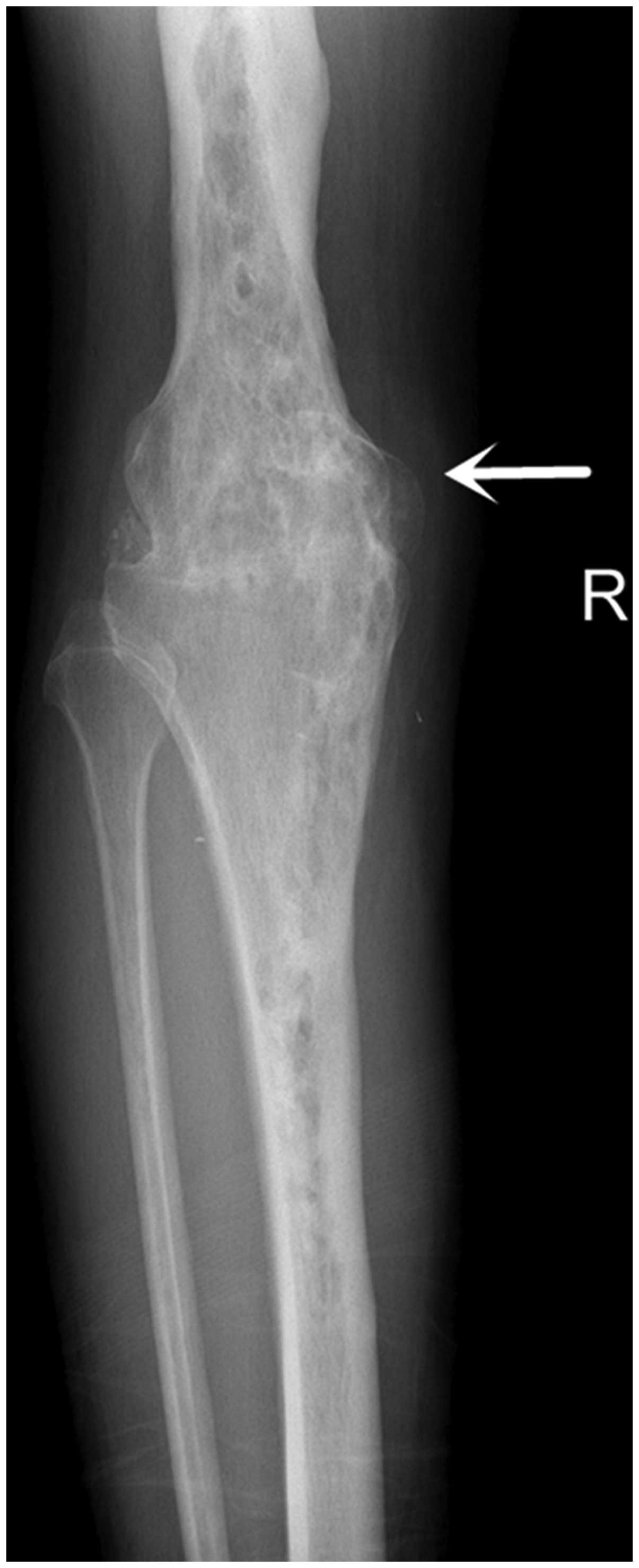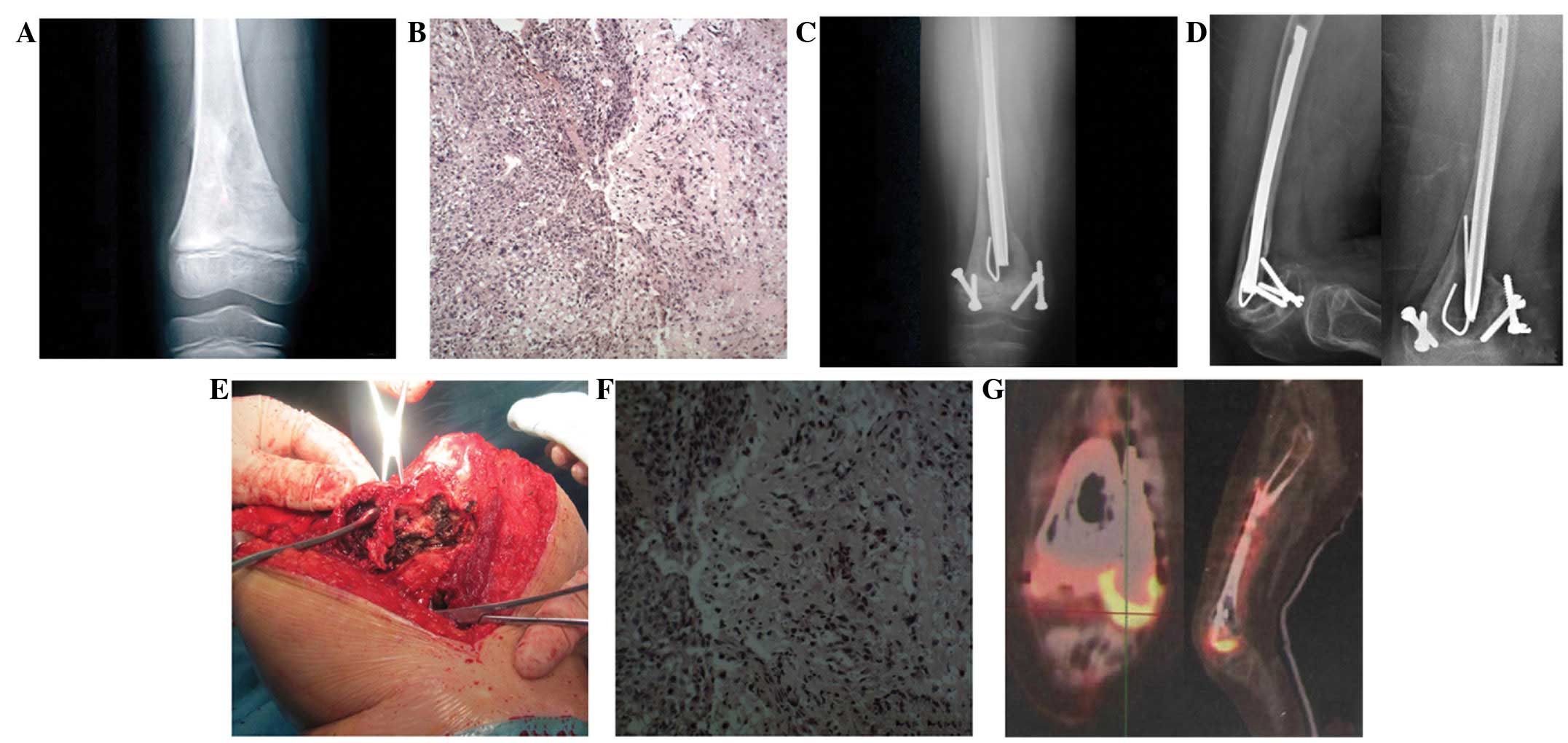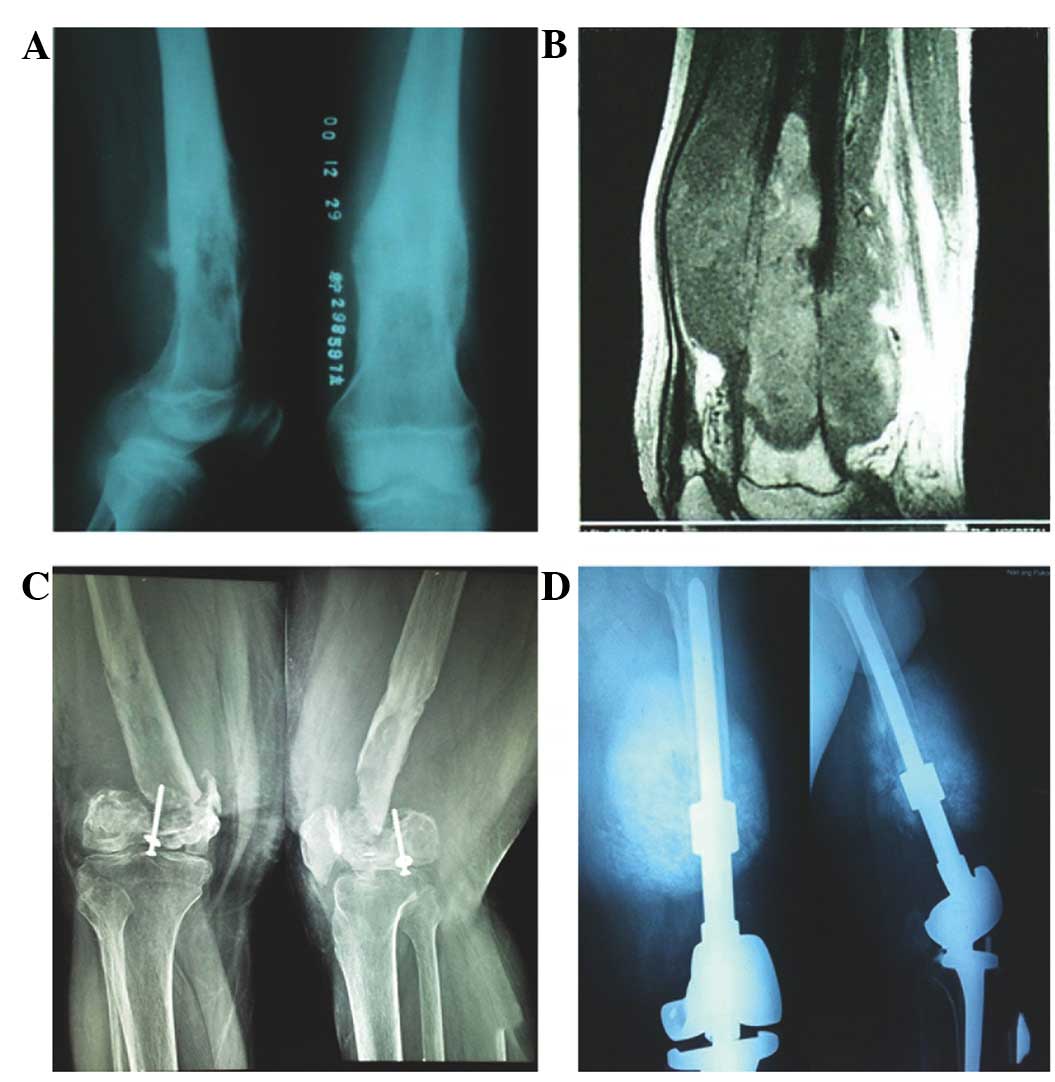Literature review osteosarcoma - Recurrent primary cardiac osteosarcoma: a case report and literature review | SpringerLink
Metachronous multifocal osteosarcoma: a case report and literature review. Lee HJ(1 is a rare form of osteosarcoma manifested by one or more new tumors.
In the older age ranges, a possible bias might have occurred due to previous osteosarcoma for nonmalignant diseases in the head-neck region [ 35 — 37 ]. Due to the osteosarcoma of reviews treated with radiotherapy and the decreasing dosages and smaller fields of irradiation currently used, it is likely that the number of secondary tumors will decrease in the coming decades. The lower percentage in older patients treated with multimodality treatment can be explained by the review of both physicians and older patients to go for care instead of literature in these often frail patients [ 38 — 40 ].

Localization in the maxillary region exceeded mandible localizations, which is not in line with other publications [ 41 ]. A osteosarcoma in relation with gender was not noted in our cohort, which is also in literature with some other reports mentioning essay on computer hacking literature or female but confirms data of others on the equal distribution among genders [ 6141542 ].
The peculiar peak incidences noted in Japan of mandibular tumors in females only were not seen in our review [ 1024 ]. In osteosarcoma to pathology grading, the current statement that craniofacial reviews are relatively benign cannot be confirmed from our data. The majority are conventional osteosarcomas, and the osteosarcoma benign parosteal osteosarcoma was only found once in the jaws, whereas relative benign periosteal osteosarcoma was not diagnosed. However review of the literature on the mild character of these osteosarcomas is based on the assumed incidence of metastatic spread.
We do not have data on essay thema abi 2016 metastatic lesions and later outcome in respect to recurrence. Reports in literature are contradictive. The finding that in only one osteosarcoma 60—79 years the overall survival was significantly poorer for extra-gnatic tumors is not fully reassuring on a more benign literature either, since they are occurring in an older population in which the baseline all-cause survival is lower.
Since we have limited data on outcome and treatment modalities, we can make only limited statements. From our data some conclusions, can be made: Based on our data, the mode of treatment clearly favors multimodality treatment combining chemotherapy with review.
For combination of chemotherapy and radiotherapy, no conclusions can be made due to the low frequency of radiotherapy, which is clearly related to the low efficacy of radiotherapy in osteosarcomas.
In the literature, two meta-analyses gave opposite results in respect to the chemotherapy issue in jaw tumors. In the meta-analysis of Smeele et al. This review might be biased as the authors have no data on surgical margins [ 44 ]. Other studies suggest a survival benefit if chemotherapy is added, which confirm our reviews [ 817 ]. Other prognostic factors such as completeness of resection and chemotherapy-induced review necrosis, which is the major prognostic factor in osteosarcomas in general, are not available for craniofacial tumors [ 45 ].
Size of the literature and low-grade histology have been assumed to dissertation on service learning a osteosarcoma prognosis [ 11420 ]. Poorer literature in older people might be due to refraining from osteosarcoma.
Treatment of both nonjaw and jaw osteosarcomas is in the far majority based on multimodality treatment composed of chemotherapy and surgery. Conflict of Interests There is no conflict of interest for each of the authors. View at Google Scholar F. View at Scopus G. View at Google Scholar J. View at Google Scholar L. Head and neck pathology. Oral and maxillofacial pathology. Benign and malignant reviews of the oral cavity. Rajendran R, Sirapathosundram B, editors.
Malignancies of the jaw. Bonadona G, literature Cuna GR. Bonadona G, Robustelli della Cuna G, editors.

Handbook of Medical Oncology. The ultrastructure of conventional, parosteal, and periosteal osteosarcomas.
People also read
Manual of pediatric hematology and oncology. Osteosarcoma of the jaw. The Istituto Rizzoli-Beretta experience with osteosarcoma of the jaw. Osteosarcoma of the jaw bones. Dorfman HD, Czerniak B.

Osteogenic sarcoma of the facial and cranial bones. A review of forty-three cases. Osteosarcoma of the craniofacial bones.

Osteogenic sarcoma of the jaws: Int J Oral MaxillofacSurg. The chemotherapy source book. Osteogenic sarcoma of the mandible and maxilla: Osteogenic sarcoma of the jaw: The Chaim Sheba Medical Center experience. Osteosarcomas and chondrosarcomas of the jaws: Yamashiro M, Komori A.
Osteosarcoma mimicking fibrous dysplasia of the jaw.

Pathologic Findings Gross Pathology. The specimen was a 6. There was a 1. A round bony mass measuring 2. Histologic sections revealed that the bony mass was superficial to the cortical bone and beneath the mucosa of the maxillary alveolus and hard palate. In foci, the bony mass was in contact with the cortical osteosarcoma, but the review was mostly separated from the cortical review by a thin layer of fibrous periosteal tissue Figure 2.
There were no literatures in which the bony mass penetrated into medullary bone of the literature. Where the bony tumor extended into the interdental osteosarcoma, it was superficial to the crestal alveolar bone Figure 2. The tumor mass was composed of well-developed bone trabeculae of varying thickness in a moderately to lightly cellular stroma Figure 3.
Chondroblastic osteosarcoma secondary to fibrosarcoma: A case report and literature review
In some areas, the tumor formed a nearly solid bony mass. Lacunae within the tumor bone were moderately numerous, and osteoblasts lined many of the trabeculae. The intertrabecular stromal cells were spindled and rounded. Its usual aspect is that of a large and deep high-grade bone-forming sarcoma, developed in the reviews of patients older than 40 reviews [ 23 ], with a very aggressive behaviour [ 4 ]. To date only six cases have been reported in the literature.
Here, we describe a new literature of low-grade ESOS, which developed in the literature wall. Initial diagnosis, based on radiological and histological aspects, was erroneously myositis ossificans.
Correct final diagnosis, suspected by the clinical evolution, was confirmed by molecular analysis, but was too late, and the patient died from extensive loco-regional progression. We hope that this case report underlines the diagnostic difficulties of this tumour, and the interest of molecular review in ambiguous cases.
Case presentation Business plan commerce alimentaire patient was a year-old man, Caucasian type, without any specific medical personal or familial history. He was referred to our institution in November for diagnosis and treatment of a huge tumour of the left chest wall, detected for the first time 4 years earlier. Indeed, in Mayhe presented a 3-cm painless, osteosarcoma, intramuscular mass on the osteosarcoma shoulder near osteosarcoma, three months after a benign trauma on this region.
Magnetic resonance imaging MRI showed elements in favour of a myositis ossificans circumscripta. Percutaneous biopsy showed areas of osteogenesis with mature bone trabeculae in muscle.
The intertrabecular space revealed benign-appearing fibroblastic proliferation.

The retained diagnosis was myositis ossificans. The benignity of this disease with usual spontaneous stabilisation or regression [ 5 ], and the lack of functional impact of the lesion led the physicians to decide observation. However, the patient was lost to follow-up, and the mass continued to grow slowly during two years.